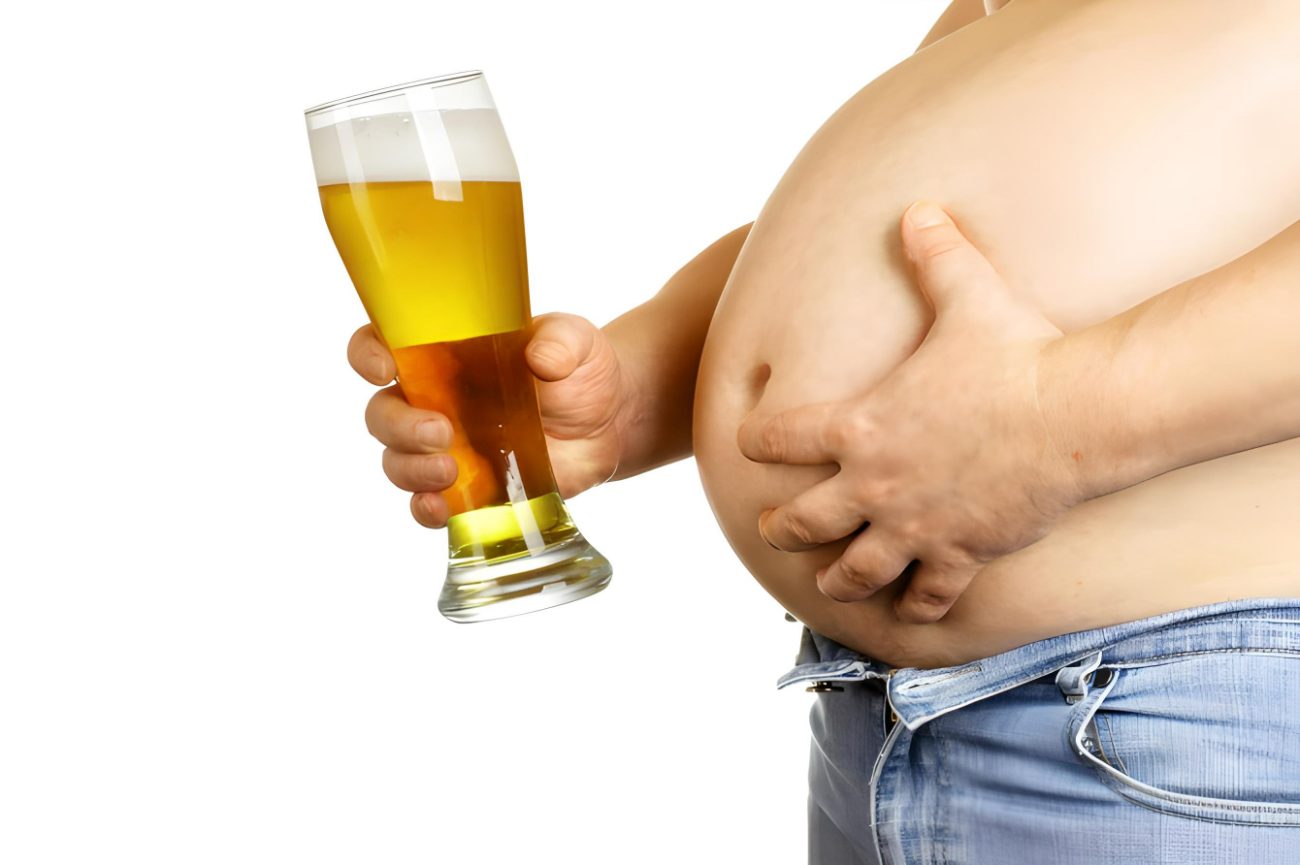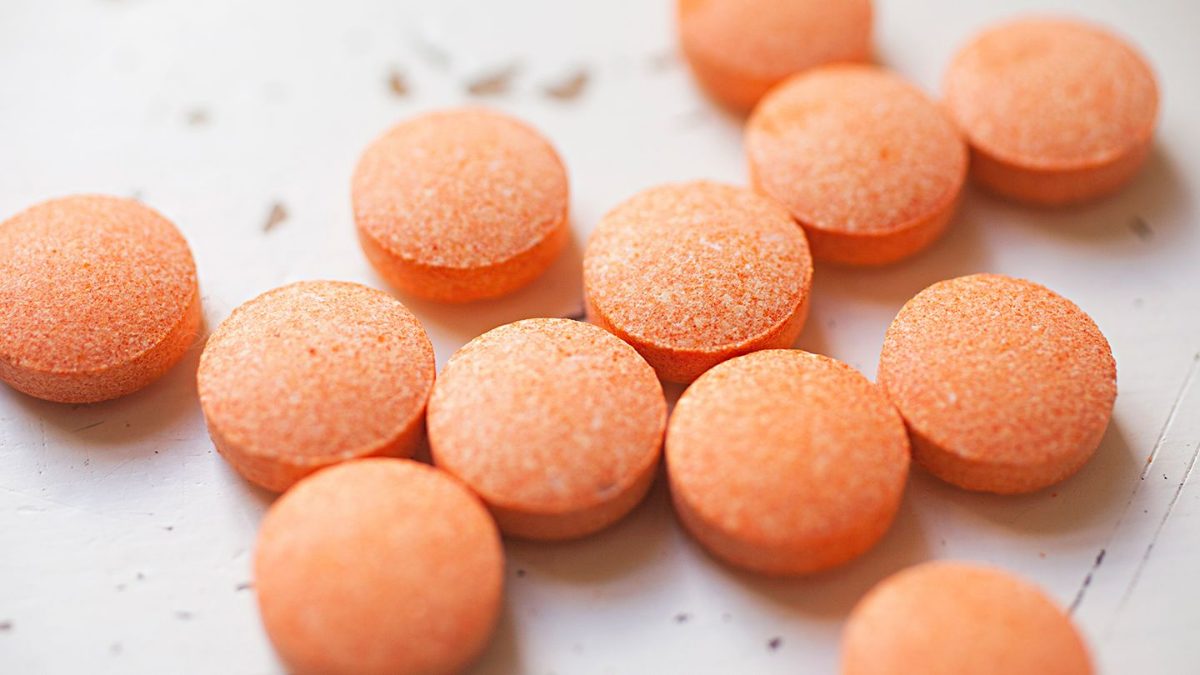Science has shown that even a few minutes of intensive daily action may cut the chance of mortality by up to 49 percent, which is great for individuals who don’t regularly exercise. The research found that the health benefits of exercise were there, regardless of whether or not the participants were engaging in a formal exercise program. A one-minute burst of speed walking to the bus stop, energetic cleaning, or active play with the kids may have the same impact.
Regular physical activity is beneficial to our health. It may aid in weight loss, alleviate depression, keep the brain in shape, and even lengthen one’s life. Studies show that the health benefits of exercise can be felt even without going to the gym or going for a jog, with just frequent, brief breaks from sitting for extended periods. In contrast, prolonged sitting seems to be harmful even if we engage in compensatory physical activity afterward. What does it imply, however, for how we really live? Is there a recommended minimum amount of physical activity?
25,000 non-athletes and 62,000 athletes
Now, thanks to the study of a team at the University of Sydney headed by Emmanuel Stamatakis, we know how routine activities compare to formal training in terms of mortality risk. Researchers did this by analyzing the personal information of citizens from the UK Biobank, which included both athletes and non-athletes. In this biomedical database, there is information about the health of half a million Britons.
Stamatakis and his coworkers extracted around 25,000 non-athletes and 62,000 athletes. The participants who weren’t athletes wore fitness trackers throughout their normal activities. They were on the lookout for distinctive behavior patterns that they named “VILPA” (“vigorous intermittent lifestyle physical activity”).

Such bursts of activity often last between one and two minutes and occur spontaneously throughout the course of a typical day, whether one is rushing to catch a bus, completing a task around the home, or engaging in some kind of child-centered play.
The non-athlete participants, who were on average 61.8 years old at the start of the trial, were tracked for almost seven years to determine the impact of VILPA units on the participants’ risk of mortality. They kept track of how many subjects died and from what causes. In doing so, Stamatakis and his coworkers attempted to mitigate confounding factors such as preexisting health conditions.
Regular activities might serve as a kind of high-intensity workout
90% of people who aren’t athletes have achieved VILPA units in their regular lives, usually unintentionally. The researchers discovered that this significantly lowered their mortality risk compared to patients lacking VILPAs. Researchers found that even performing three or four one-minute VILPA exercises daily lowered mortality risk by 38% to 40%. Similarly, deaths from cancer have been declining too. Cardiovascular disease mortality risk was lowered by as much as 48% to 49%.
It’s clear that athletes are not inherently superior to those who are not athletes but who do participate in some kind of physical exercise on a regular basis. According to Stamatakis and coworkers, mortality rates were similar between the two groups. Stamatakis claims that the advantages of high-intensity interval training can be attained simply by raising the intensity of everyday activities. And for this, there’s zero commitment in terms of time or effort, prerequisites like prior knowledge or joining a specialized group, and even skill sets. It’s as easy as walking faster or putting in more effort while doing housework.
There is more to it
The researchers also discovered that increasing the daily dose of VILPA resulted in a further decrease in the chance of mortality. Results showed that taking eleven VILPAs daily reduced the chance of dying prematurely from cancer by 49 percent and from cardiovascular disease by 65 percent.






